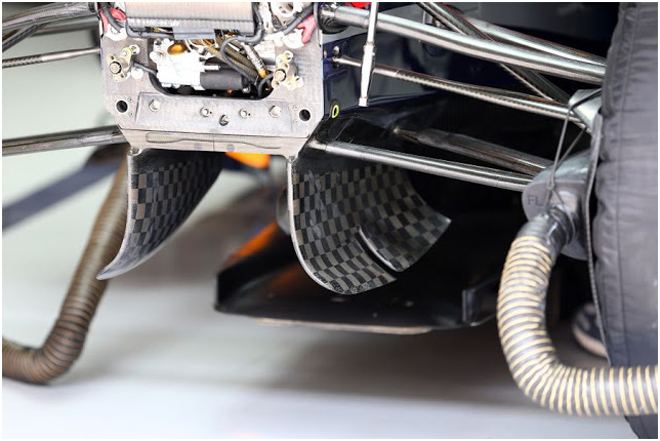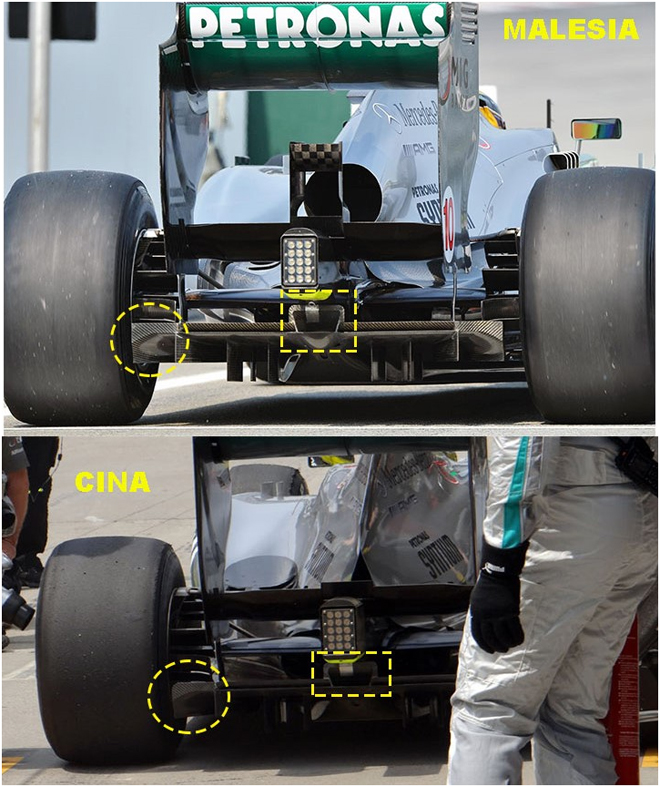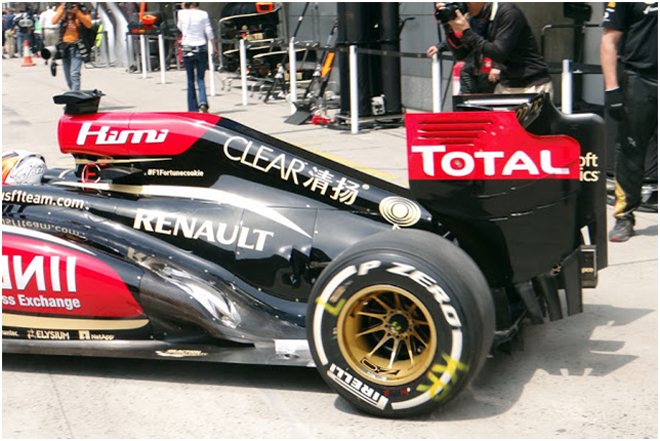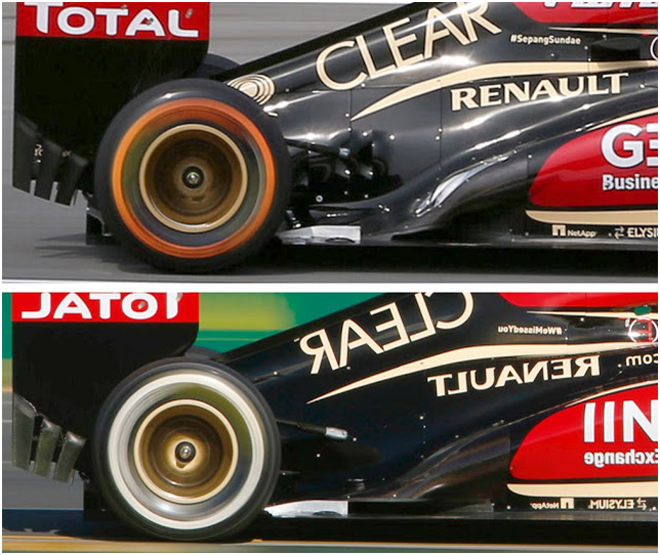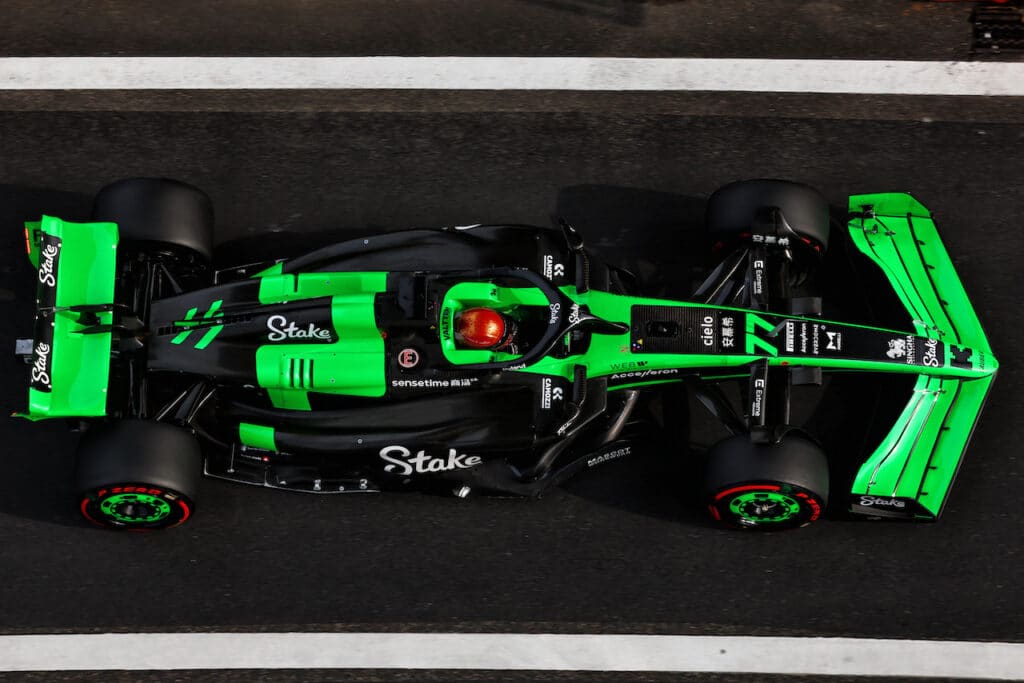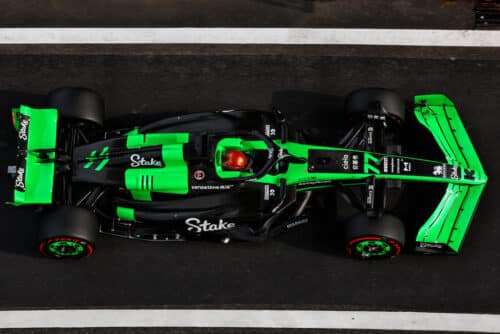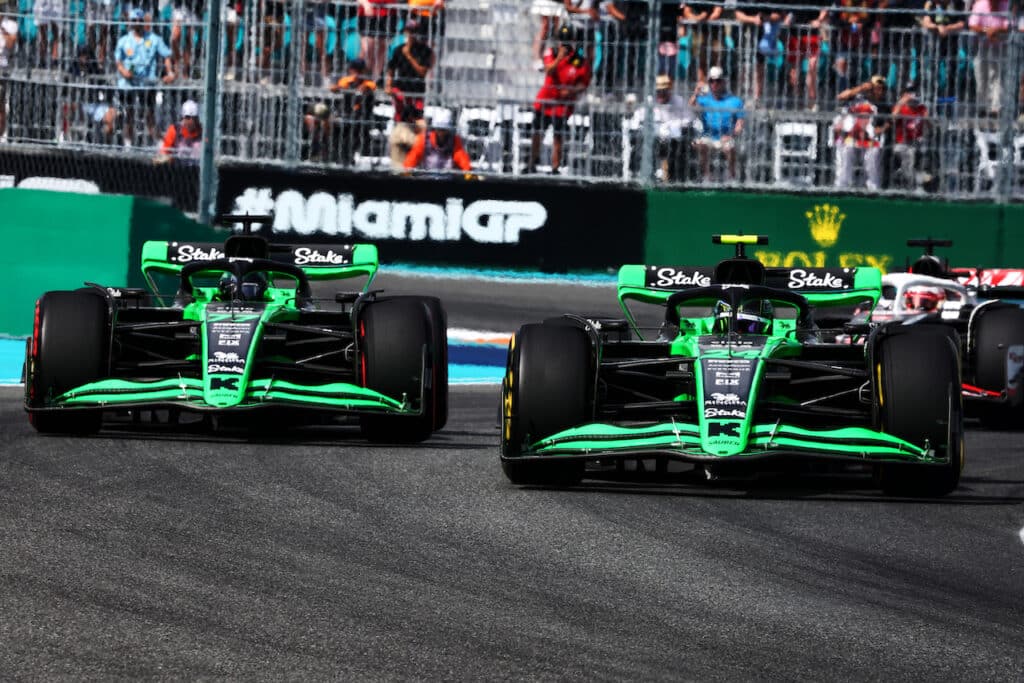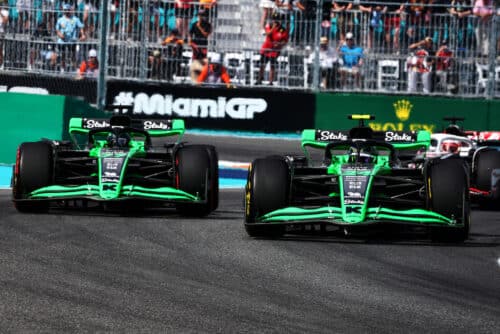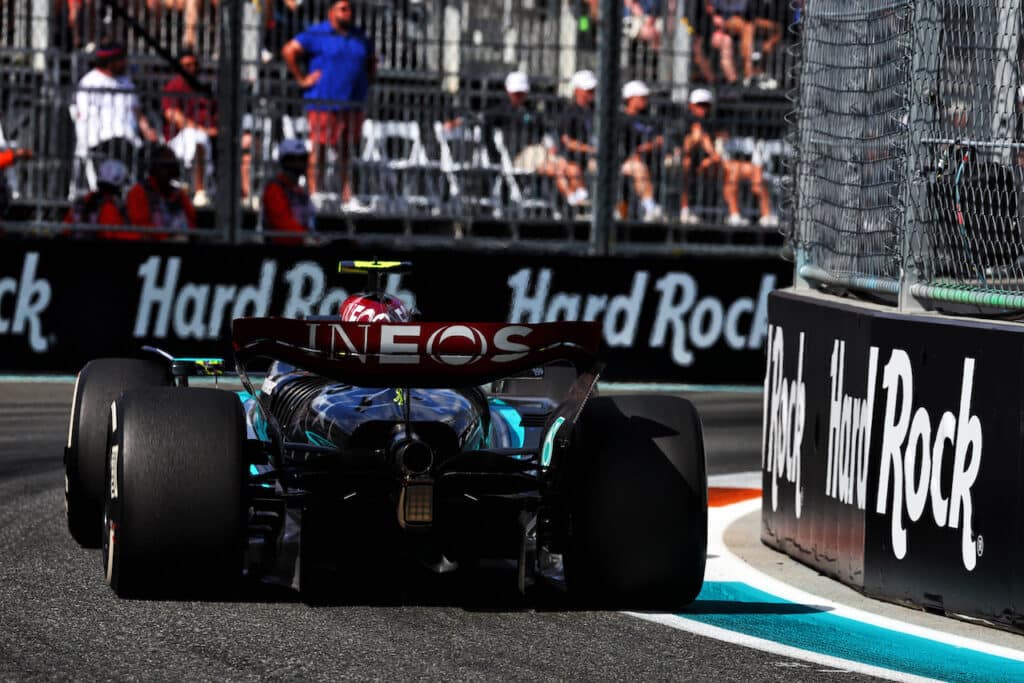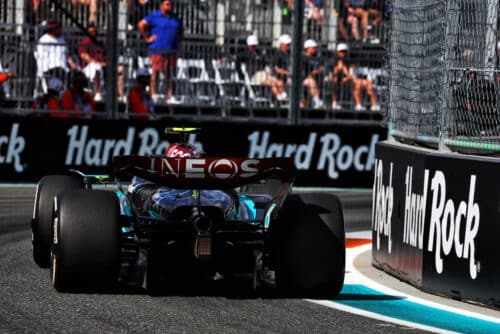Chinese GP: technical review of the Shanghai weekend
Let's discover the technical innovations of the top teams
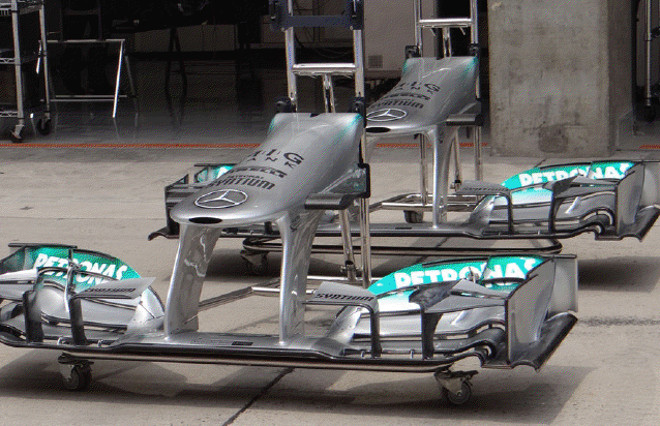
After Fernando Alonso's exhilarating victory, the Ferrari F138 deserves an in-depth analysis of the technical innovations that the men from Maranello have brought to face the Chinese trip in the best possible way.
On the eve of the Chinese GP, many more developments were expected on the F138. Instead, the aerodynamicists focused a lot on the front end of the car and perhaps the expected developments at the rear (bodywork and exhausts) will be tested during free practice for the Bahrain GP.
The new front wing aroused a lot of interest, which differs from the version used in Australia and Malaysia in the area of the side panels where the blowings have changed, not only in layout, but also conceptually.
In the old version introduced on the F138 during the last days of the Jerez tests, there were two blowholes on the side strips which had the purpose of channeling a part of the flow from the external to the internal area of the wing to try to have a greater flow rate air under the wing and limit as much as possible the formation of turbulence created by the rolling of the tyres.
Looking at the bulkhead of the new wing you can see that in addition to the blowholes to channel the flow from the outside towards the inside of the wing, two blowholes also appeared to channel the air flow towards the lower part of the wing.
Also of new design are the three-element turning vanes mounted under the bodywork which have the aim of improving the flow of fluids in a particularly delicate area of the single-seater.
Turning vanes China
Micro-aerodynamic work in the air intake area. As you can see from the photo below, the fins in both the upper and lower parts have been modified to improve the flow pattern in this area of the single-seater.
Red Bull was the most anticipated team as, last week, there were rumors of possible interventions in the exhaust area which however did not take place.
For now, turning vanes modified in the shape of the fins have been observed.
Turning Vanes Red Bull – Chinese GP
Turning Vanes Red Bull – GP Melbourne
During the second free practice session, Vettel used a different rear wing than teammate Webber and it was a less loaded wing, with fewer blowholes on the side bulkhead.
The drivers and technicians had decided to use the high load solution, but given Webber's relegation to last position, the team decided, to facilitate the Australian driver's comeback, to fit the low load wing on his car.
Mercedes is also very active and has introduced a new wing which differs from the previous one in the upper flap area which now features one with an inwardly curved shape.
Changes also to the rear end to try to improve the aerodynamic load at the rear. As you can see from the photo below, the diffuser has been changed in several places compared to the version used in the first two races.
The central channel in which the starting hole is used as a sort of double speaker has been modified in shape and size. In this area, due to the limitations imposed by the FIA technical regulations, this area is exploited to increase, even if slightly, the size of the diffuser.
The side channel, in the version seen during the Chinese GP free practice, is much more rounded and will have been designed to maximize the effect of the hot gases coming out of the exhausts to generate aerodynamic load.
At Lotus, as expected, the new ramp exhausts were also installed on Grosjean's car which had only been used by Raikkonen on the Sepang circuit.
As you can see from the image below the ramp now descends much faster than before and is also slightly shorter. In fact, just look at the vertical fin on the bottom, used to improve the directing of the hot gases towards the external part of the diffuser, to understand that the exhausts have been shortened and therefore moved away from the rear wheel.
New unloading ramp
Solution used in Melbourne
With the introduction of the new exhaust ramps, the tunnel under the exhausts has also been modified, which is used to bring part of the air flow coming from the sides towards the central part of the diffuser. With this exhaust configuration the tunnel has become taller and shorter. The tunnel is a fundamental element as it is used to guarantee a good aerodynamic load even when the pilot is releasing the accelerator and therefore the hot gases coming out of the terminals are not sufficient to guarantee a good load.
exhaust comparison
Deflectors used in China
High deflectors used Melbourne – Low deflectors used in Sepang
Changes also to the rear aerodynamics, as it has been used, as you can see from the comparison
photographic, a speaker that features innovations in some channels in order to maximize the load
aerodynamic produced thanks to the use of Coanda effect exhausts.
McLaren seems to have improved slightly compared to the first two rounds of the season. The MP4-28 suffers from a problem called pitch sensitivity, that is, it suffers when there are variations in height, especially at the rear axle.
At first the problems were thought to be due to the new front pull rod suspension which is actually doing its job. To limit the phenomenon of pitch sensitivity, the engineers have greatly stiffened the rear suspension in order to make the car's set-up as stable as possible.
To try to improve the aerodynamic load at the rear, the men from Woking brought for this race a new rear bodywork and new exhaust pipes to improve the effect of the hot gases coming out of the terminals. From the photographic comparison below, you can see that the tunnel under the exhausts has been improved which brings a greater flow of air to the central part of the diffuser.
Cristiano Sponton
if you want to always be updated on our news
Follow us here



